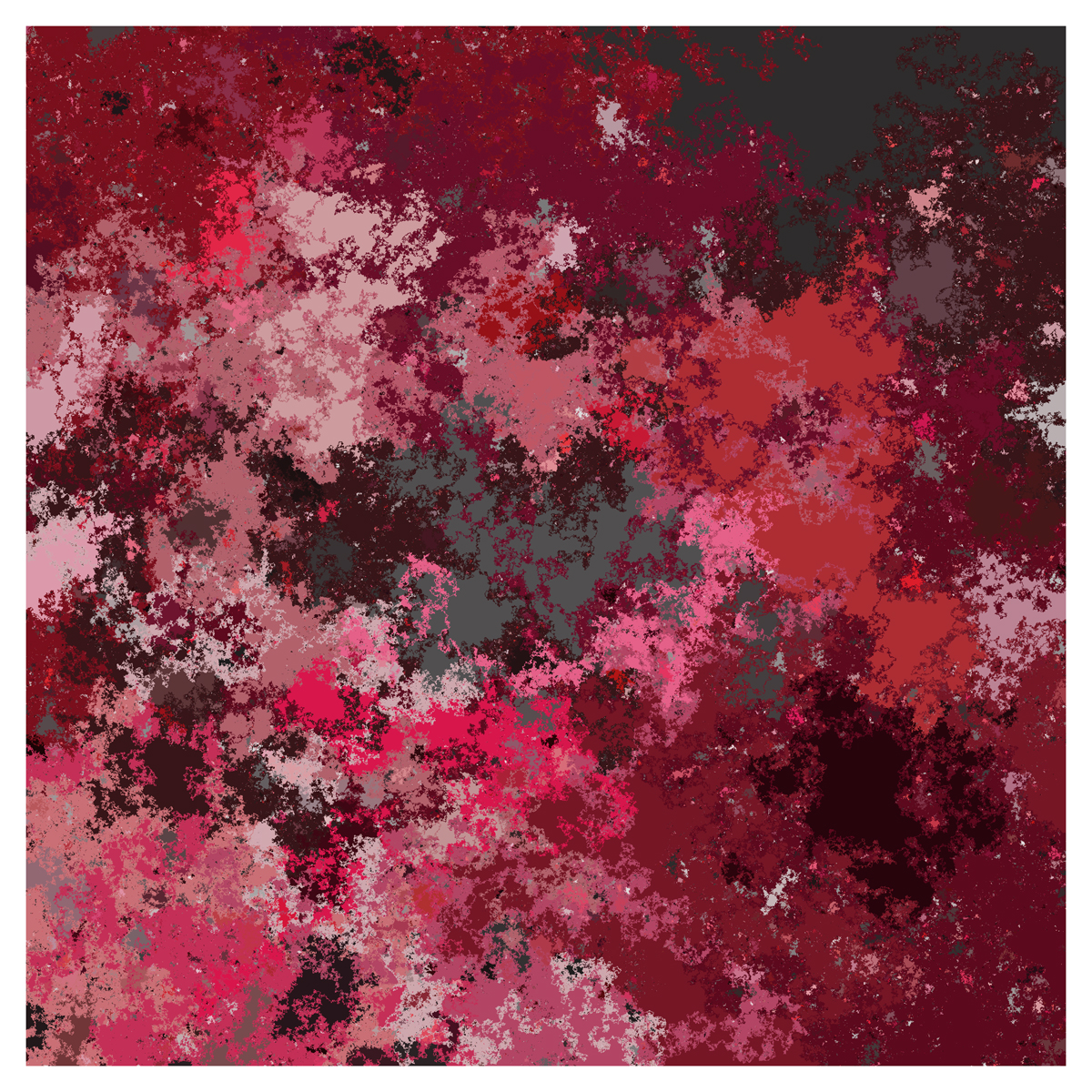Shows
Zhang Dun’s and Mi Mai’s “A Difference of Opinion”


“A Difference of Opinion” features two young Chinese-born artists Zhang Dun and Mi Mai. Both are recent graduates from the Central Academy of Fine Arts in Beijing, and this is their New York debut. According to the gallery, these two artists were selected for this feature exhibition from a group show they had both participated in last year at the Chambers Fine Arts in Beijing. The two artists are brought together in an attempt to “study in contrasts between the subdued tonality and sensitivity of Zhang Dun’s drawings and the vibrant colors and dynamic composition of Mi Mai’s inkjet prints,” as the gallery owner Christophe W. Mao states in the exhibition catalog.
Zhang Dun exhibits pencil drawings of cold, empty, apparently abandoned, dilapidated buildings set among a bleakness of macadam, concrete and leafless foliage under somber, gray skies. Zhang’s soft, clean lines lend ghostliness to the decrepit structures like in the Street Scene – Zhonggong Street (2011).
Zhang grew up in Shenyang in Liaoning Province in Northeast China, once a major industrial city, whose industries have fallen into decline in more recent times. After graduating from Lu Xun Academy of Fine Arts, in Liaoning in 2003, she moved to Beijing and began to watch the same process, but this time in reverse. Her works, such as Street Scene No. 6, however, with its tattered, broken shack and damaged power lines, seem to recall and foretell urban decay at the same time.
Mi Mai’s inkjet prints are digitally- created abstract designs composed of a collection of squares, rectangles and circles of varying sizes. Some, such as the red-based 974b981 (2011), focus on building an image from different shades of the same basic color. A few, such as 547b2796 (2011), have a more calico color scheme. Mi’s abstract, computer-created random yet comforting sense of color and design seems to be more interested in dealing out playful visuals than presenting ideas.

The catalog states that Mi’s interest lies in an examination of the degree of artistic intervention necessary in the production of an artwork. Through a series of experiments, Mi has written computer programs, assigning different values to parameters such as color, quantity, area and shape. The actual parameters are physically represented in the numerical titles, which in fact include the dimension of each image in millimeters. In this regard, Mai’s work has already led to his comparison with artists such as the American composer John Cage, and the Sino-French contemporary abstractionist Huang Yong Ping. These comparisons, however, are made stronger through the inclusion in his shows of video documentations from Mi’s past performances. These performances record public reaction to changing parameters as Mi demonstrates his belief (based on mathematical formulae derived from astronomical observations) through his machine-made art that what we see is never the “present” but “the history” at different nodes in time.
Zhang and Mi both seem to be exploring the passage of time. Zhang, directly referencing the “Factory” or “Labor Town” from her childhood (seen on a sign in Street Scene – Zhonggong Street), and Mi with a more abstract record of a moment.
This epiphany, however, coexists along with the successful contrast of imagery on the gallery walls—Zhang’s handmade realism versus Mi’s computer-generated abstracts. Whether one sees the differences of aesthetics or similarities of their conceptual approaches, the way the two bodies of work play off each other is very commendable.







